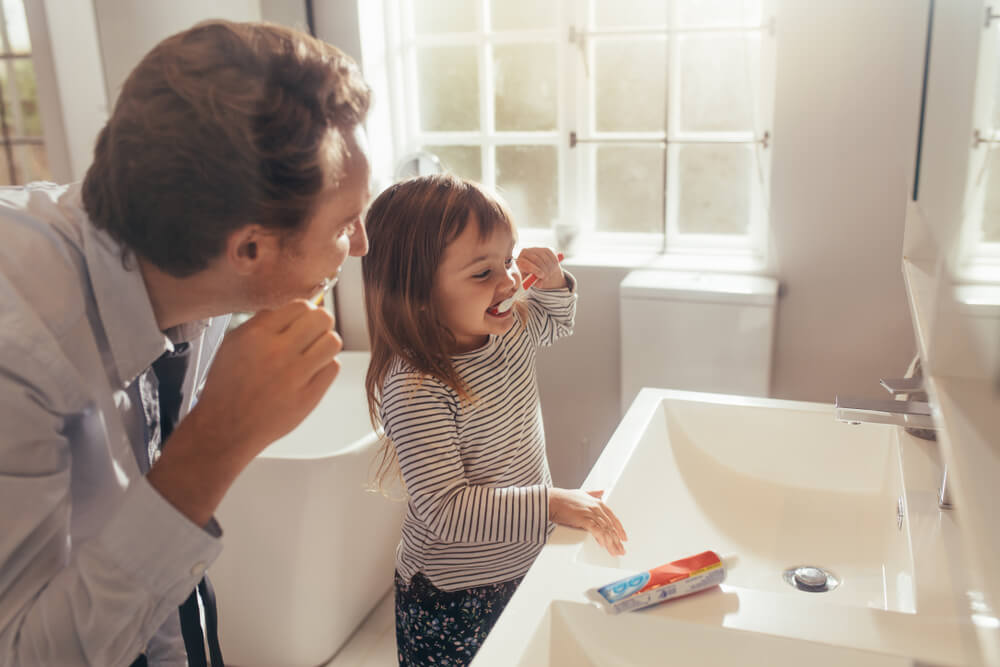How did you learn to hold the door open for the person right behind you waiting to enter a store? What about saying “bless you!” after someone sneezes? Modeling is one of the fundamental ways that we all learn how to be responsible, kind and productive adults. Unfortunately, modeling is a pendulum that can swing both ways depending on the behavior being modeled and the person doing the modeling.
The Bobo Doll Experiment
Bear with us as we travel back to 1961 and the groundbreaking Bobo doll experiment conducted by Albert Bandura. Bandura had three separate groups of school-aged kids watch a video of an adult hitting an inflatable doll and consequently being either scolded, facing no consequences or being rewarded with a piece of candy. After watching the video for their control group, the kids would be placed alone in a room with the same doll.
Kids who saw the adult face no consequences or get a reward for hitting the doll were more likely to behave aggressively and model the behavior. Kids who saw the adult be punished after hitting the doll were less likely to do the same. This simple study shows how modeling can heavily influence children and the importance of positively modeling behavior.
What Determines Whether or Not Modeling Will Stick?
Based on research, including Bandura’s, there are numerous factors that influence whether or not a behavior will stick and be imitated in the future. You are most likely to imitate:
- People who are nurturing and warm
- People who are rewarded for their behavior
- When you lack confidence in your expertise
- When you have been rewarded for imitating in that situation in the past
- People who are authorities
- People who are similar to us (age, gender, interest)
- People who we admire
As a parent, there’s a good chance that you fall into a number of the categories listed above for your children. Modeling healthy and positive behavior is essential. If you aren’t modeling, you can be sure that other people in your child’s life are, and it might not be the right things!
Perspective Taking
Perspective taking is one of the most important things that you can model for your child. The fundamental question that underlies most perspective-taking exercises is, “How do you think that you would feel if somebody did that to you?” Thinking about things from the other side helps to build understanding in a variety of social situations. When teaching children how to understand different perspectives, daily life, books, movies and television shows are all prime ways to do so. Storybooks are excellent tools for teaching empathy and understanding, because many children’s books talk about feelings, social interactions and relationships.
Getting comfortable talking about the feelings of characters also allows your child to think through situations before they encounter them in real life. It’s much easier to think about hypothetical bullies or missed school buses than it is to deal with them in the moment, and doing so will also make those conversations more comfortable if the situations do occur.
Practice Your Perspective-Taking
If you are struggling to connect with your child or spend more time with your family, you are not alone. Reach out to CBT Baltimore at 443-470-9815. We would love to speak with you.


